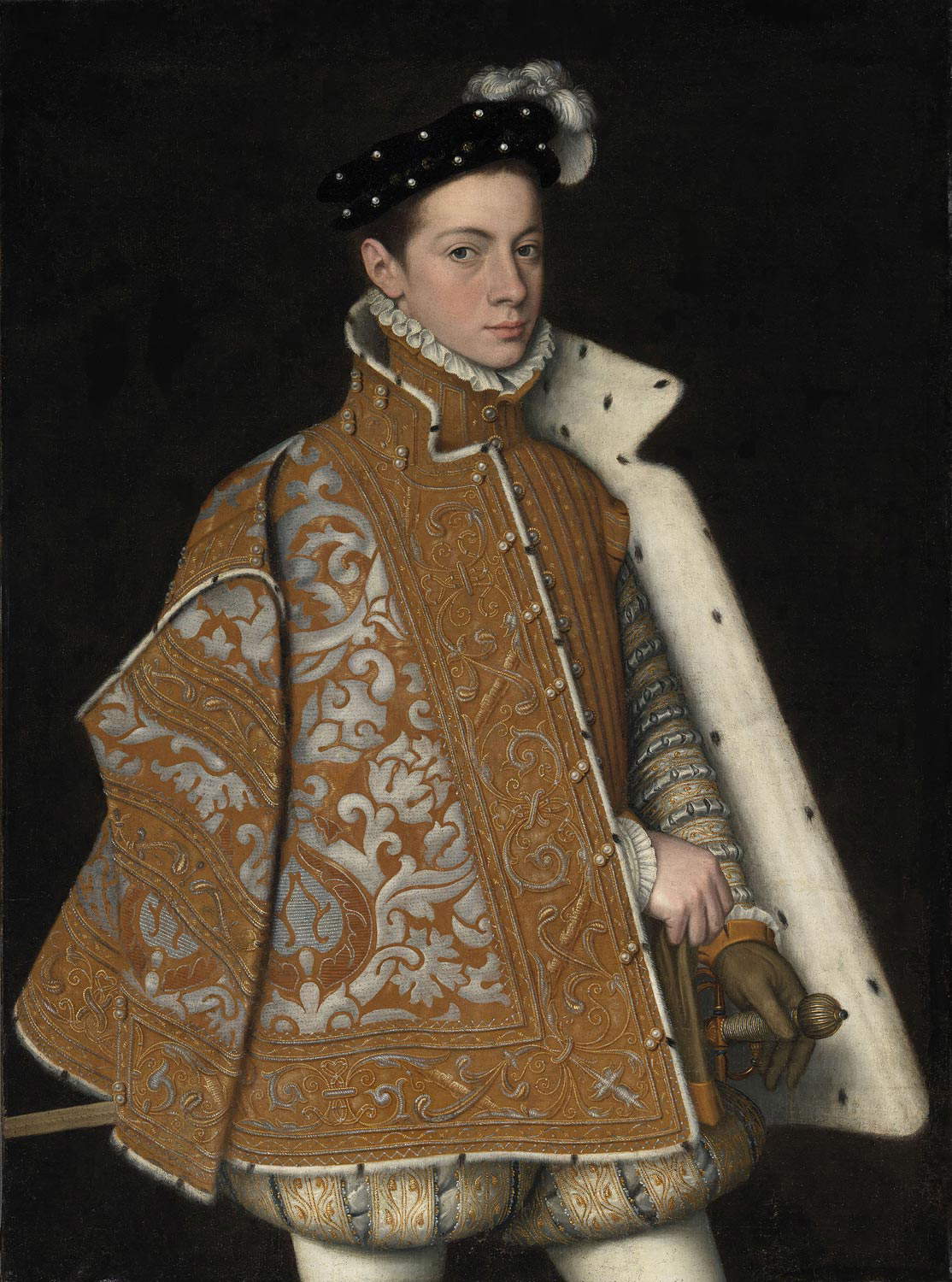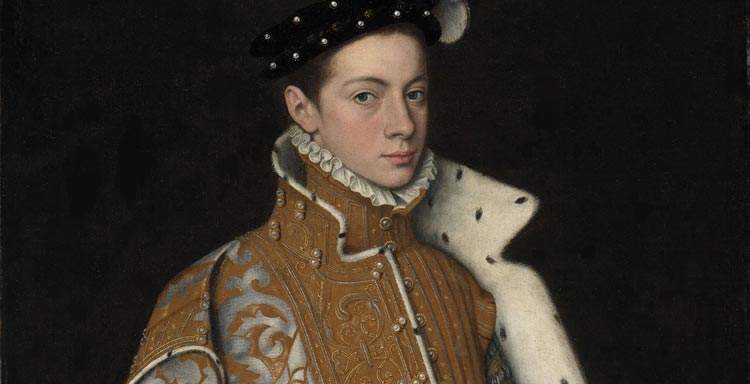Starting April 27, the Pinacoteca Nazionale di Bologna welcomes an illustrious guest: it is the Portrait of Alessandro Farnese attributed to Sofonisba Anguissola (Cremona, 1532 - Palermo, 1625), on loan from the National Gallery of Ireland in Dublin. The opportunity to host and exhibit the painting is determined by the exchange for loans granted by the Pinacoteca to the exhibition Lavinia Fontana: Trailblazer, Rule Breaker being held at the Irish museum from May 6 to August 27. The Portrait of Alessandro Farnese will find its place in Room 20 of the Renaissance section’s new exhibit, opposite Tintoretto’s Visitation and Saints Joseph and Zechariah , returning from the Scuderie del Quirinale where it was displayed at the exhibition Liberated Art 1937-1947. Masterpieces Saved from the War.
The young prince gazing at us is Alessandro Farnese (Rome, 1545 - Arras, 1592), son of Ottavio Farnese and Margaret of Austria, nephew of Emperor Charles V and Pope Paul III. He was to become duke of Parma and Piacenza, a military man and diplomat among the most distinguished of his time, but here we see him at the age of about 15, in an official portrait executed in Madrid, at the court of his uncle, King Philip II, at whom the young man received his education from 1559 to 1565.
Although in the context of an attribution not accepted by all scholars, the Pinacoteca Nazionale di Bologna thinks the painting was executed around 1560 by Sofonisba Anguissola (1532-1625), during the first period of her stay at the Madrid court that lasted until 1573. This is the famous Cremonese painter admired by Vasari and Michelangelo, celebrated from her earliest days for her ability to capture not only the features but also the individuality of the subject depicted.
Sofonisba Anguissola reworks an earlier portrait of Alessandro Farnese executed by Anthonis Mor kept at the National Gallery in Parma, reinvigorating the Flemish artist’s shadowy tones with shades of white, gold and silver, and transforming the melancholy child into a young and very elegant prince now in his teens. The lively and sensitive self-awareness of the young prince emerges from the very light chiaroscuro of the face outlining the delicate complexion, from the ease with which he wears the precious clothing, indicative of rank, which the painter describes with accuracy and textural sensitivity to the fabrics, buttons, and ermine fur.
For all information you can visit the website of the Pinacoteca Nazionale di Bologna.

 |
| Bologna, from Ireland comes portrait of Alessandro Farnese attributed to Sofonisba Anguissola |
Warning: the translation into English of the original Italian article was created using automatic tools. We undertake to review all articles, but we do not guarantee the total absence of inaccuracies in the translation due to the program. You can find the original by clicking on the ITA button. If you find any mistake,please contact us.